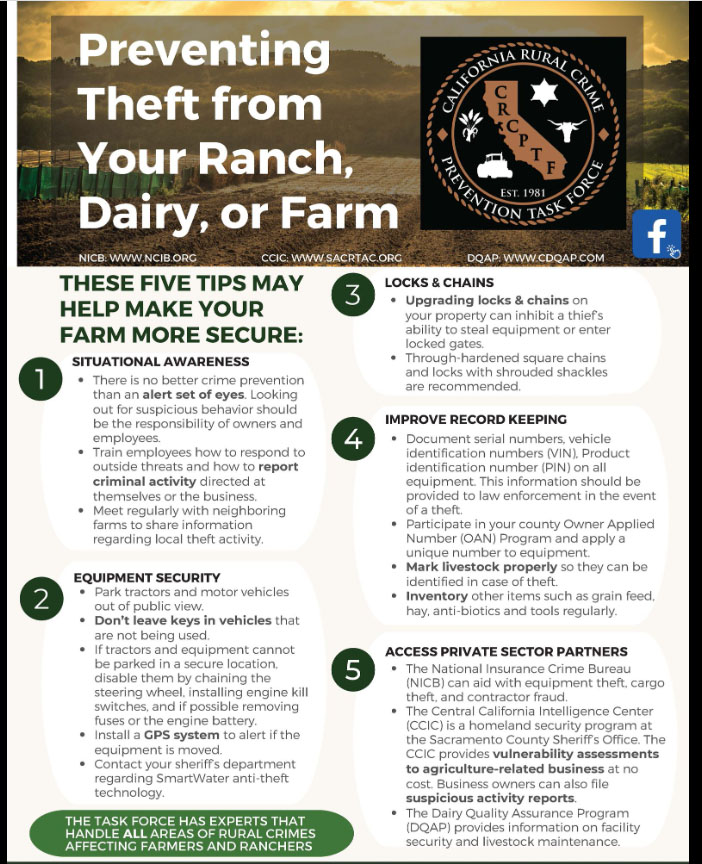
Ranch Life Hacks: 7 Time-Saving Tips for Busy Ranchers
Ranch life is demanding. Long days, unpredictable weather, and the constant hum of responsibility can leave even the most seasoned rancher feeling stretched thin. But what if you could reclaim some of that precious time? These seven time-saving hacks aren’t just about efficiency; they’re about creating space for what truly matters – family, community, and the quiet satisfaction of a job well done.
1. Embrace the Power of Pre-Planning: The “Ranch Roadmap”
Forget winging it. Create a weekly or monthly “Ranch Roadmap.” This isn’t a rigid schedule, but a flexible guide outlining essential tasks. Categorize by priority (urgent, important, routine) and assign realistic timeframes. Think of it as a GPS for your ranch operations, guiding you towards smooth sailing and preventing those last-minute scrambles.
Example Roadmap Entry:
| Task | Priority | Day | Time Allotted | Notes |
|---|---|---|---|---|
| Check water troughs | Urgent | Tuesday | 30 minutes | Ensure adequate water for all livestock |
| Repair fence section 3 | Important | Friday | 2 hours | Need extra wire, call supplier Monday |
| Rotate cattle grazing | Routine | Wednesday | 1 hour | Monitor pasture condition for optimal rotation |
2. Technology Integration: Your Ranch’s Digital Assistant
From livestock monitoring apps to automated feeding systems, technology is revolutionizing ranch management. Explore options that suit your specific needs and budget. Automated gates, GPS trackers for animals, and even drone surveys for pasture assessment can save hours of manual labor and improve decision-making.
3. Master the Art of Batching: Efficiency Unleashed
Group similar tasks together. Instead of scattering your efforts throughout the day, dedicate specific time blocks to related activities. Need to check fences? Do it all at once. Need to administer medications? Schedule a dedicated time for all livestock. This minimizes travel time and maximizes focus.
4. Leverage the Power of Teamwork: A Helping Hand is Worth its Weight in Gold
Don’t be a lone wolf. Enlist help from family, friends, or hire temporary labor for particularly demanding tasks. Sharing the workload not only saves time but fosters a sense of community and shared responsibility.
5. Streamline Your Record Keeping: Digital Nirvana
Ditch the dusty notebooks. Utilize cloud-based software for inventory management, financial tracking, and veterinary records. This ensures accessibility from anywhere, simplifies reporting, and reduces the risk of lost or damaged information.
6. Prioritize Preventative Maintenance: An Ounce of Prevention…
Regular maintenance on equipment, fences, and infrastructure prevents costly downtime and major repairs later. A small investment of time now can save you considerable time and frustration down the line.
7. Embrace the Power of “No”: Protecting Your Time
This is often the hardest hack to master. Learn to politely decline requests that don’t align with your priorities or available time. Protecting your time is not selfish; it’s essential for maintaining your well-being and the overall success of your ranch. Remember, a well-rested and focused rancher is a productive rancher.
By incorporating these seven time-saving tips, you can reclaim valuable hours in your day, allowing you to focus on what truly matters: the land, the livestock, and the legacy you’re building. Remember, efficiency on the ranch is not about working harder; it’s about working smarter.

Additional Information
Expanding on Ranch Life Hacks: A Deeper Dive into Time-Saving Strategies for Busy Ranchers
The core concept of “Ranch Life Hacks” – implementing time-saving strategies to improve efficiency – is crucial for the success and well-being of modern ranchers. While a list of seven tips provides a useful starting point, a deeper analytical approach reveals the interconnectedness of these hacks and their underlying principles. This analysis will explore the seven tips (assumed to include aspects like technology integration, optimized animal handling, preventative maintenance, strategic planning, efficient record-keeping, outsourcing, and leveraging community resources), enriching them with data-driven insights and practical applications.
1. Technology Integration: Beyond the Smartphone
The simple suggestion to “use technology” needs expansion. This isn’t just about smartphones; it encompasses a range of tools impacting efficiency dramatically. Consider:
- Precision Livestock Farming (PLF): Sensors and data analytics provide real-time insights into animal health, behavior, and environmental conditions. A study by the USDA found that PLF technologies can reduce mortality rates by 5-10% and improve feed efficiency by 2-5%. Specific examples include automated feeding systems that adjust rations based on individual animal needs, wearable sensors monitoring vital signs, and GPS tracking for improved grazing management.
- Drone Technology: Drones offer aerial surveys for pasture assessments, fence inspections, and early detection of sick or injured animals. This drastically reduces the time and physical effort required for these tasks. Quantifiable benefits could include earlier identification of disease outbreaks, preventing larger losses.
- Farm Management Software: Software solutions centralize record-keeping, scheduling, and financial tracking, eliminating time wasted on manual data entry and improving decision-making.
2. Optimized Animal Handling: Minimizing Stress and Maximizing Efficiency
Efficient animal handling isn’t just about speed; it’s about minimizing stress on both the animals and the rancher. This translates to:
- Proper Facility Design: Investing in well-designed handling facilities – chutes, corrals, loading ramps – minimizes the risk of injury and improves the efficiency of tasks like vaccinations, treatments, and sorting. Data on animal injuries during handling can highlight the return on investment in improved infrastructure.
- Low-Stress Handling Techniques: Training in low-stress handling techniques reduces the need for forceful interventions, improving animal welfare and rancher safety. Studies have shown a reduction in cortisol levels (stress hormone) in animals handled using low-stress methods.
- Understanding Animal Behavior: Knowledge of animal behavior allows ranchers to anticipate potential problems and implement proactive strategies to prevent stressful situations.
3. Preventative Maintenance: The Proactive Approach
Preventative maintenance isn’t merely “fixing things before they break”; it’s about maximizing the lifespan of equipment and minimizing downtime.
- Regular Inspection Schedules: Establishing a routine inspection schedule for all equipment – tractors, vehicles, fences – allows for early detection of potential problems, preventing major breakdowns and costly repairs. A simple spreadsheet can track maintenance, while predictive maintenance software can offer even more sophisticated tracking.
- Investing in Quality Equipment: While upfront costs may be higher, durable, well-maintained equipment reduces the long-term costs associated with frequent repairs and replacements. A cost-benefit analysis comparing the lifespan and repair costs of different equipment models can inform investment decisions.
4. Strategic Planning: Beyond the Annual Calendar
Strategic planning involves thinking beyond the immediate tasks.
- Long-Term Goals & Financial Projections: Developing a comprehensive business plan with clear long-term goals and realistic financial projections allows ranchers to make informed decisions about investments, resource allocation, and risk management.
- Market Analysis & Price Forecasting: Understanding market trends and utilizing price forecasting tools helps ranchers make strategic decisions about production, marketing, and risk mitigation.
5. Efficient Record-Keeping: More Than Just a Spreadsheet
Detailed and accurate records are essential for informed decision-making and compliance with regulations.
- Integration with Accounting Software: Integrating record-keeping with accounting software simplifies tax preparation and financial analysis, saving time and reducing the risk of errors.
- Data Analysis for Improved Efficiency: Analyzing data on production, costs, and market trends can identify areas for improvement and inform future decisions.
6. Outsourcing Non-Core Tasks:
Outsourcing non-core tasks – such as bookkeeping, marketing, or equipment repair – frees up time for ranchers to focus on core operations. A cost-benefit analysis needs to compare the cost of outsourcing against the value of the rancher’s time spent on those tasks.
7. Leveraging Community Resources:
Networking and collaboration with other ranchers, extension agents, and industry professionals can provide valuable support, information, and resources. This can range from sharing equipment to accessing training programs and mentorship.
By expanding upon these seven “hacks,” we move beyond a simple checklist to a holistic understanding of time management in ranching. Integrating technology, optimizing processes, and embracing strategic planning are not isolated strategies but interconnected components of a robust, efficient, and sustainable ranching operation. Quantifying the impact of these strategies through data analysis and case studies can further highlight their value and encourage wider adoption within the ranching community.

